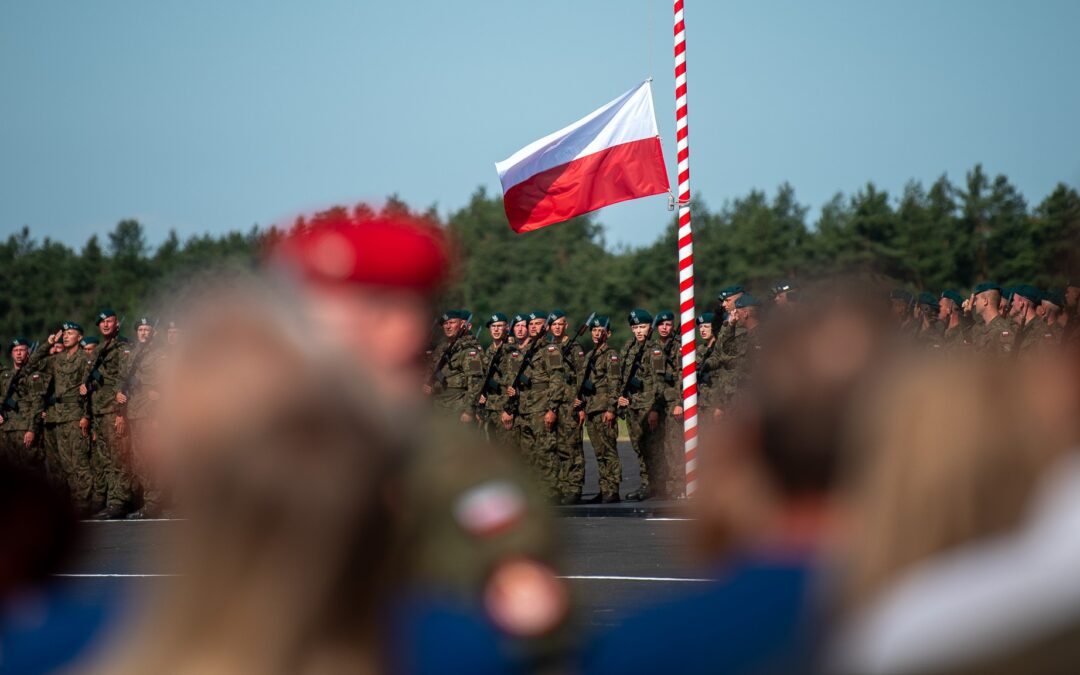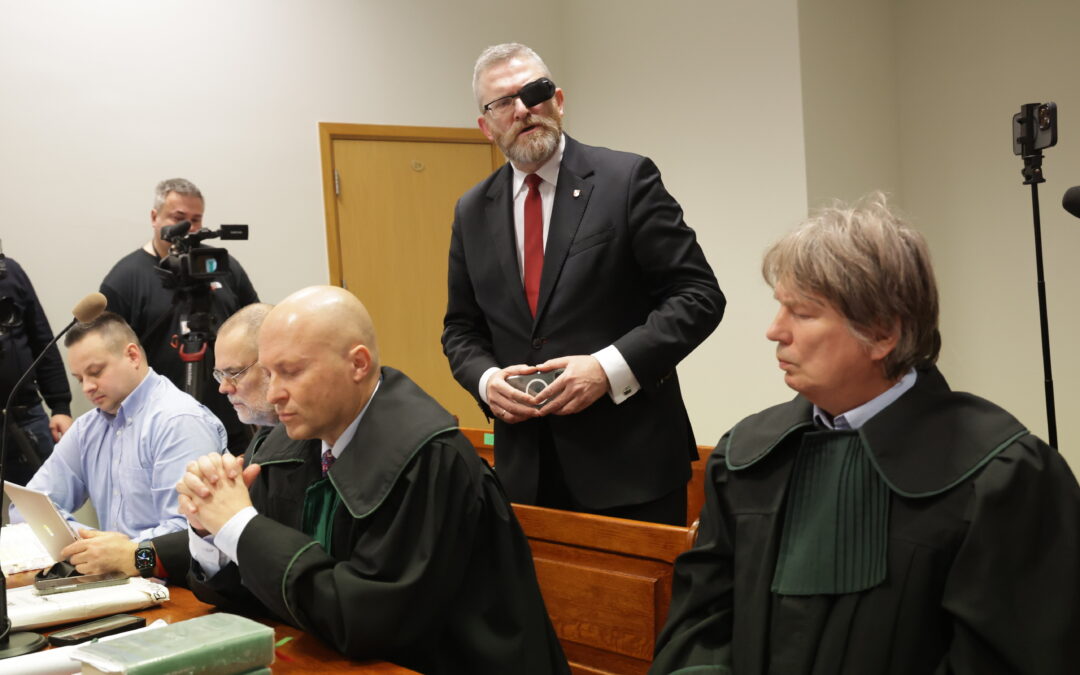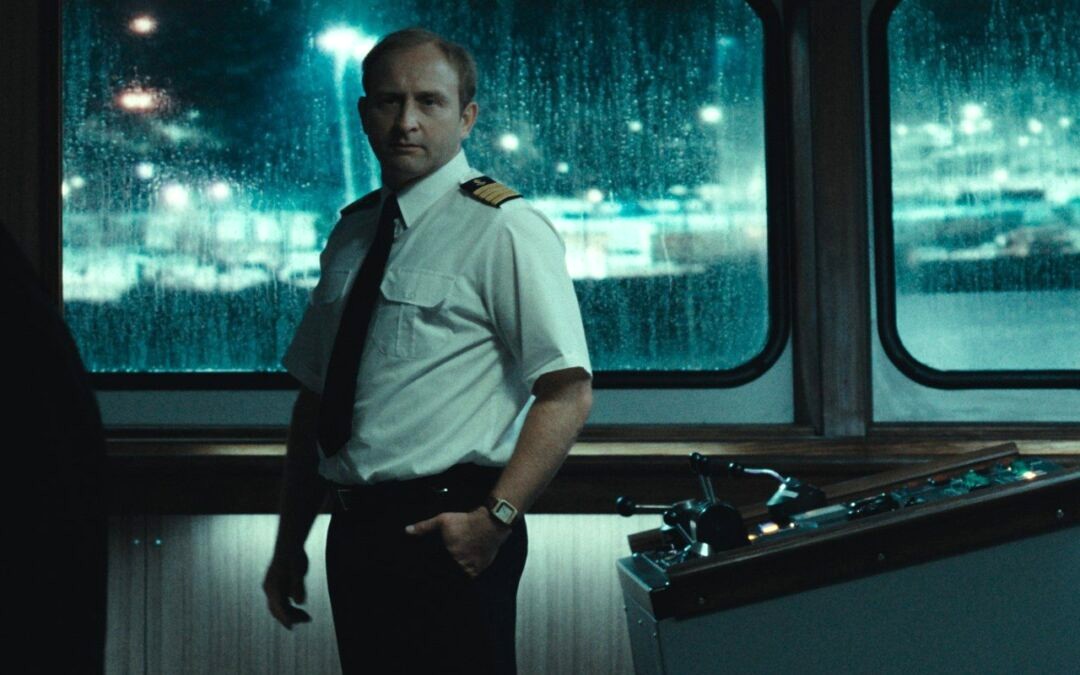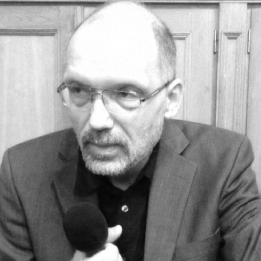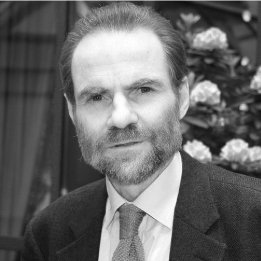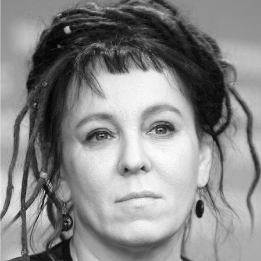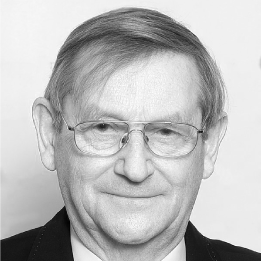Keep our news free from ads and paywalls by making a donation to support our work!

Notes from Poland is run by a small editorial team and is published by an independent, non-profit foundation that is funded through donations from our readers. We cannot do what we do without your support.
Poland’s defence minister has welcomed Donald Trump’s call for NATO member states to spend 5% of GDP on defence. He says Poland “can be the transatlantic link between this challenge set by President Trump and its implementation in Europe”.
Poland is already NATO’s biggest relative spender. It devoted 4.12% of GDP to defence in 2024, which is set to rise to 4.7% this year.
The US itself last year spent 3.38% of GDP on defence, though in absolute terms its spending is by far the highest in the alliance. Only three other countries – Estonia (3.43%), Latvia (3.15%) and Greece (3.08%) – exceeded 3%.
At the other end of the scale, eight of the alliance’s 32 members did not even meet NATO’s guideline target of 2%: Spain (1.28%), Slovenia (1.29%), Luxembourg (1.29%), Belgium (1.30%), Canada (1.37%), Italy (1.49%), Portugal (1.55%) and Croatia (1.81%).
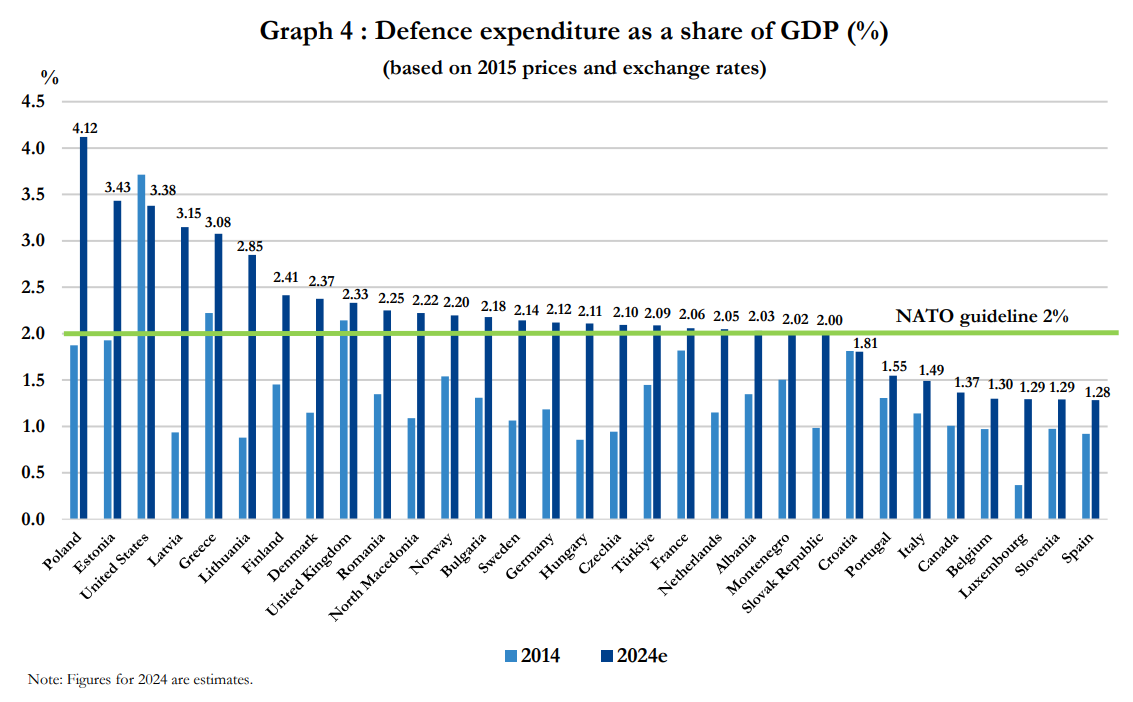
“I think NATO should have 5%,” said Trump earlier this week ahead of his swearing in for a second term as president on 20 January. “They can all afford it.”
During his previous term as president, Trump regularly chided many NATO countries for not even meeting the alliance’s 2% target.
Speaking today to the Financial Times, Władysław Kosiniak-Kamysz, who serves as both defence minister and a deputy prime minister of Poland, called Trump’s remarks “an important wake-up call” for Europe.
Reaching 5% “will take another decade, but I think he should not be criticised for setting a really ambitious target because otherwise there will be some countries that will continue to debate whether more spending is really needed”, added Kosiniak-Kamysz.
Poland backs Trump on raising Nato spending to 5% of GDP https://t.co/kbtBI0pvdu
— Financial Times (@FT) January 12, 2025
Even before Trump’s re-election, Poland had been pushing its European partners to bolster security. In February last year, Prime Minister Donald Tusk called on the European Union to turn itself into a “military power” during visits to Paris and Berlin.
In May, Tusk issued an appeal alongside European Commission President Ursula von der Leyen for Europe to boost defence spending.
In November, NATO’s new secretary-general, Mark Rutte, visited Warsaw, where he “hailed Poland’s “huge contribution to NATO”, in particular its “exemplary defence spending”.
“This sends a clear message not only to our adversaries but also to the United States, that Europe understands it must do more to ensure our shared security,” said Rutte.
Last week, when Poland assumed the EU’s six-month rotating presidency, it chose as its slogan “Security, Europe!” and said that its “task will be to convince all 27 EU member states that Europe can continue to be the safest, most stable place on Earth”.
Kosiniak-Kamysz told the Financial Times that a “priority” of Poland’s presidency is to push forward proposals to devote €100 billion from the EU budget to defence spending.
“If we could afford to go into debt to rebuild after Covid, then we must surely find the money to protect ourselves from war,” he said.
Poland has begun its six-month presidency of the Council of the EU, a position that will allow it to shape the bloc’s agenda.
Warsaw wants security to be the central theme, with a focus on supporting Ukraine, strengthening borders, and bolstering defence https://t.co/9Xg1ukXJDL
— Notes from Poland 🇵🇱 (@notesfrompoland) January 2, 2025
“I know this is not a view shared by all, but Poland has a different opinion,” continued the defence minister. “We need to remember that there are some big European countries whose opinion was not always the right one, and that in relation to Russia they were wrong.”
That was likely to be a reference to Germany, as was a subsequent comment by Kosiniak-Kamysz, who told the Financial Times that “when others were only sending helmets [to Ukraine], we sent tanks”.
Poland’s defence spending has risen dramatically since Russia’s full-scale invasion of Ukraine in 2022. It has bought hundreds of tanks, rocket artillery, fighter planes and other hardware, mainly from the US and South Korea.
In March 2022, a new Homeland Defence Act set a target of doubling the size of Poland’s armed forces to 300,000 personnel. Last year, it reached 216,100, the third-highest figure in NATO, behind only the US (1.3 million) and Turkey (481,000).
Poland has NATO’s third-largest military and the alliance’s largest in Europe, new figures show.
For more, see our full report here: https://t.co/QBBVQ9cqzS pic.twitter.com/TA34KQrJ4k
— Notes from Poland 🇵🇱 (@notesfrompoland) July 16, 2024

Notes from Poland is run by a small editorial team and published by an independent, non-profit foundation that is funded through donations from our readers. We cannot do what we do without your support.
Main image credit: MON (under CC BY-NC-ND 3.0 PL)

Daniel Tilles is editor-in-chief of Notes from Poland. He has written on Polish affairs for a wide range of publications, including Foreign Policy, POLITICO Europe, EUobserver and Dziennik Gazeta Prawna.
